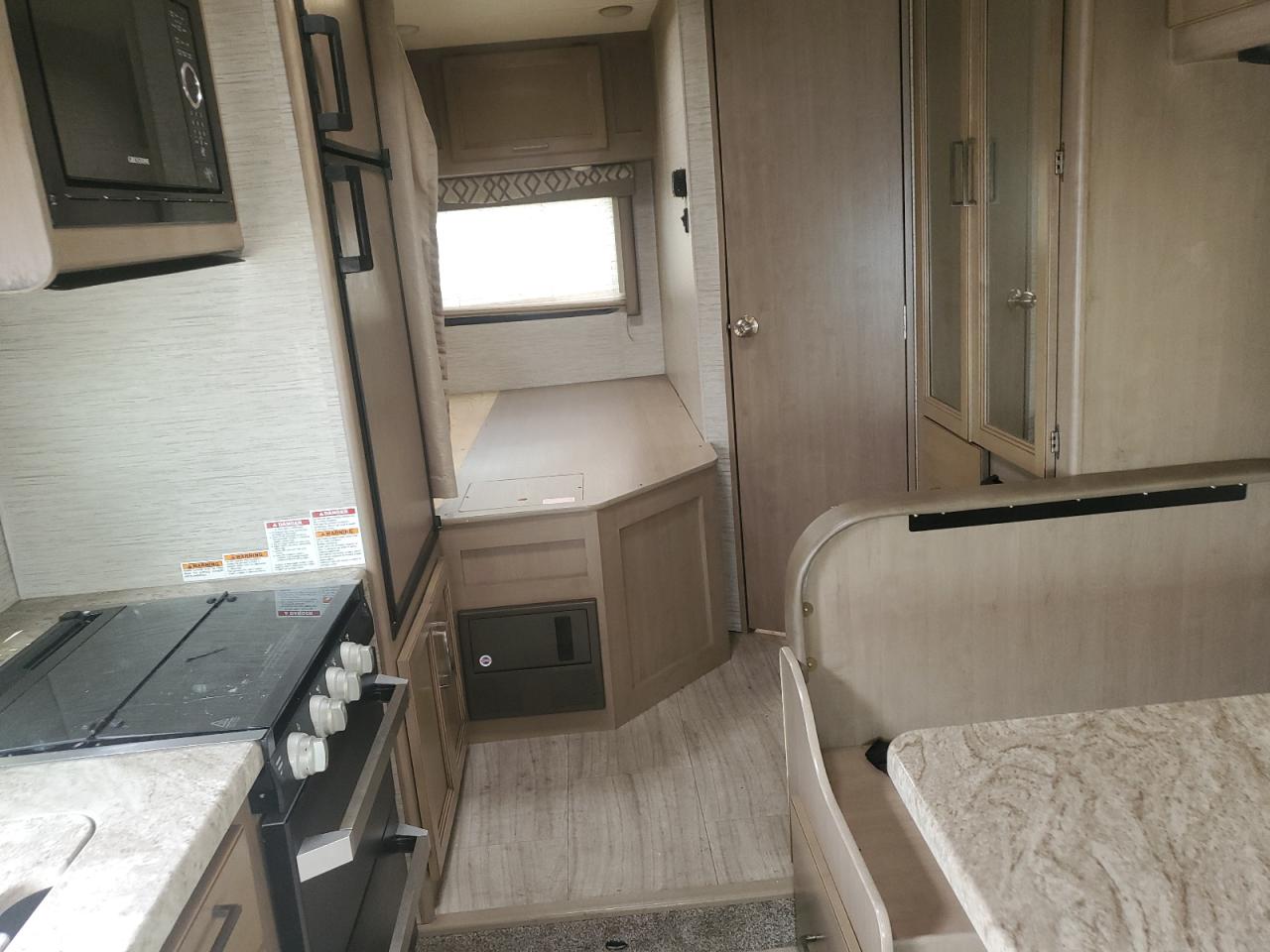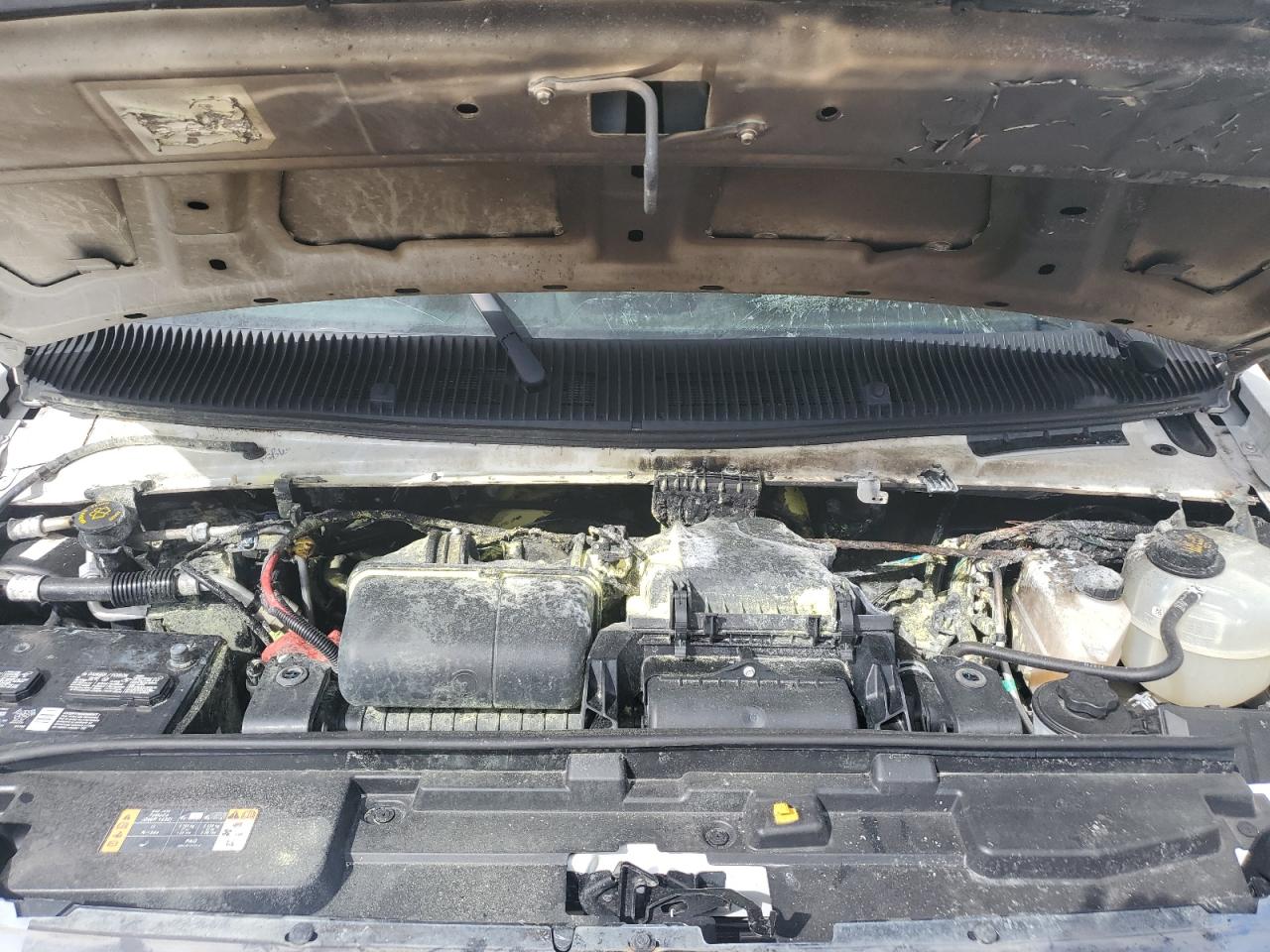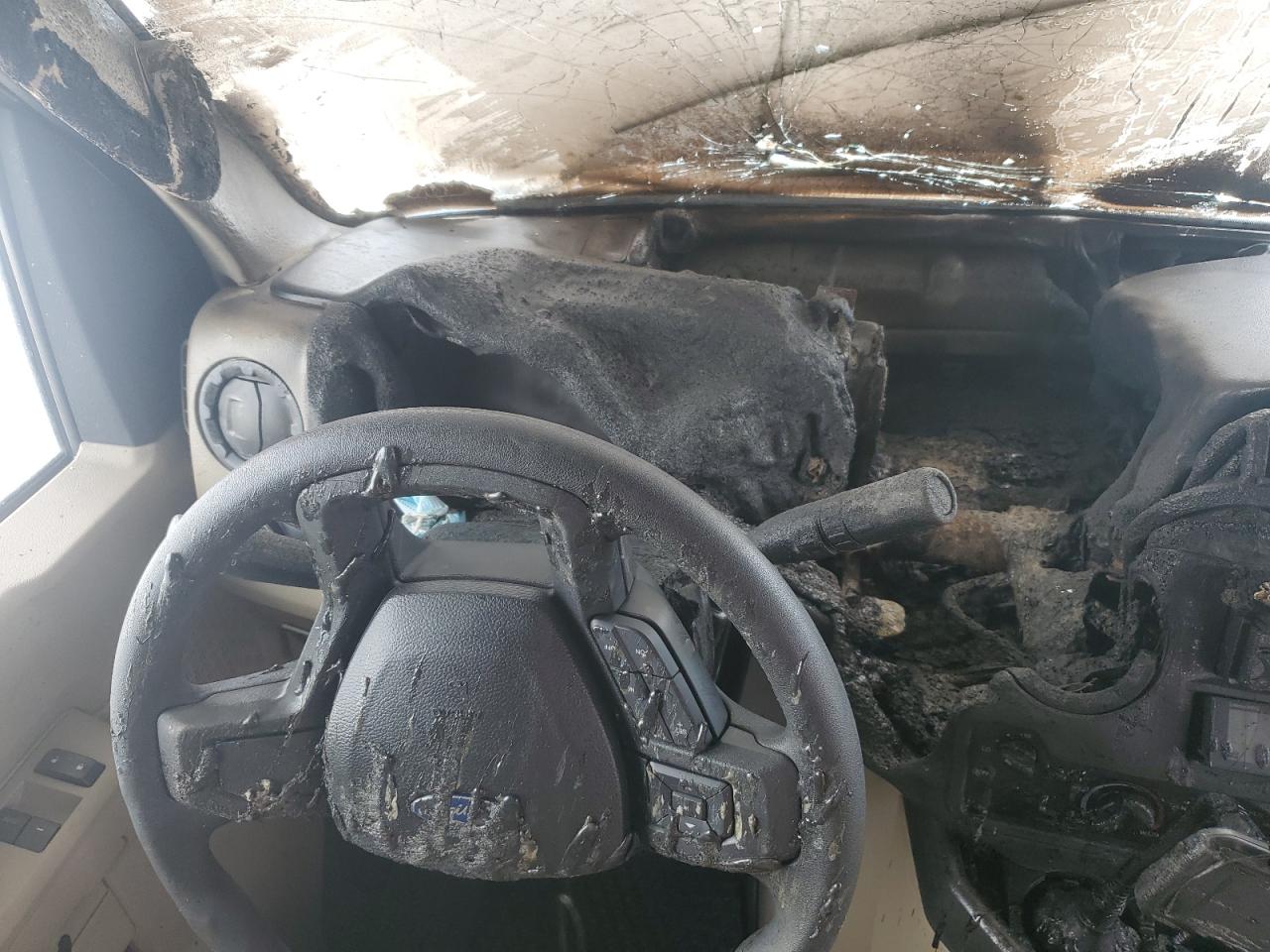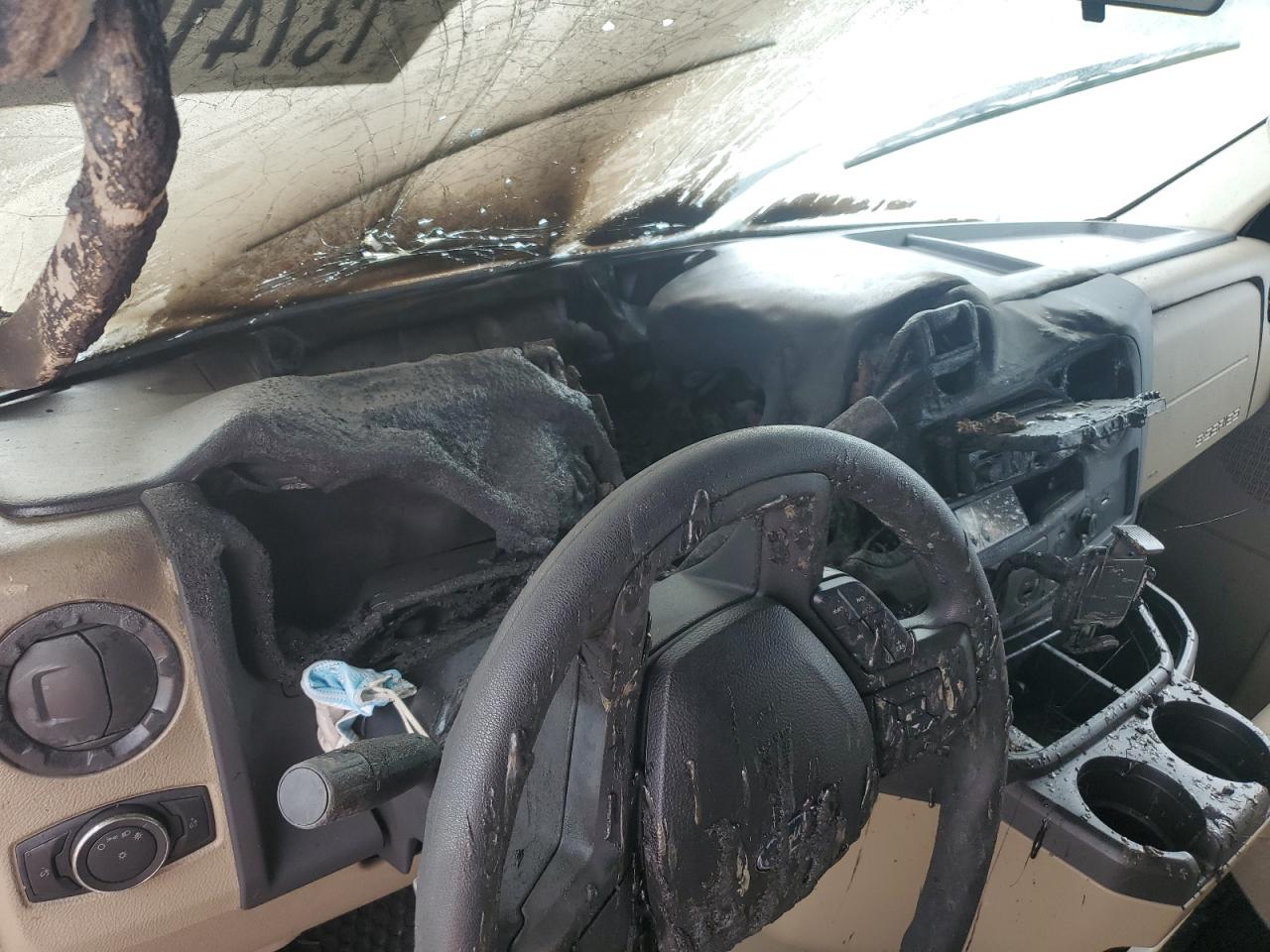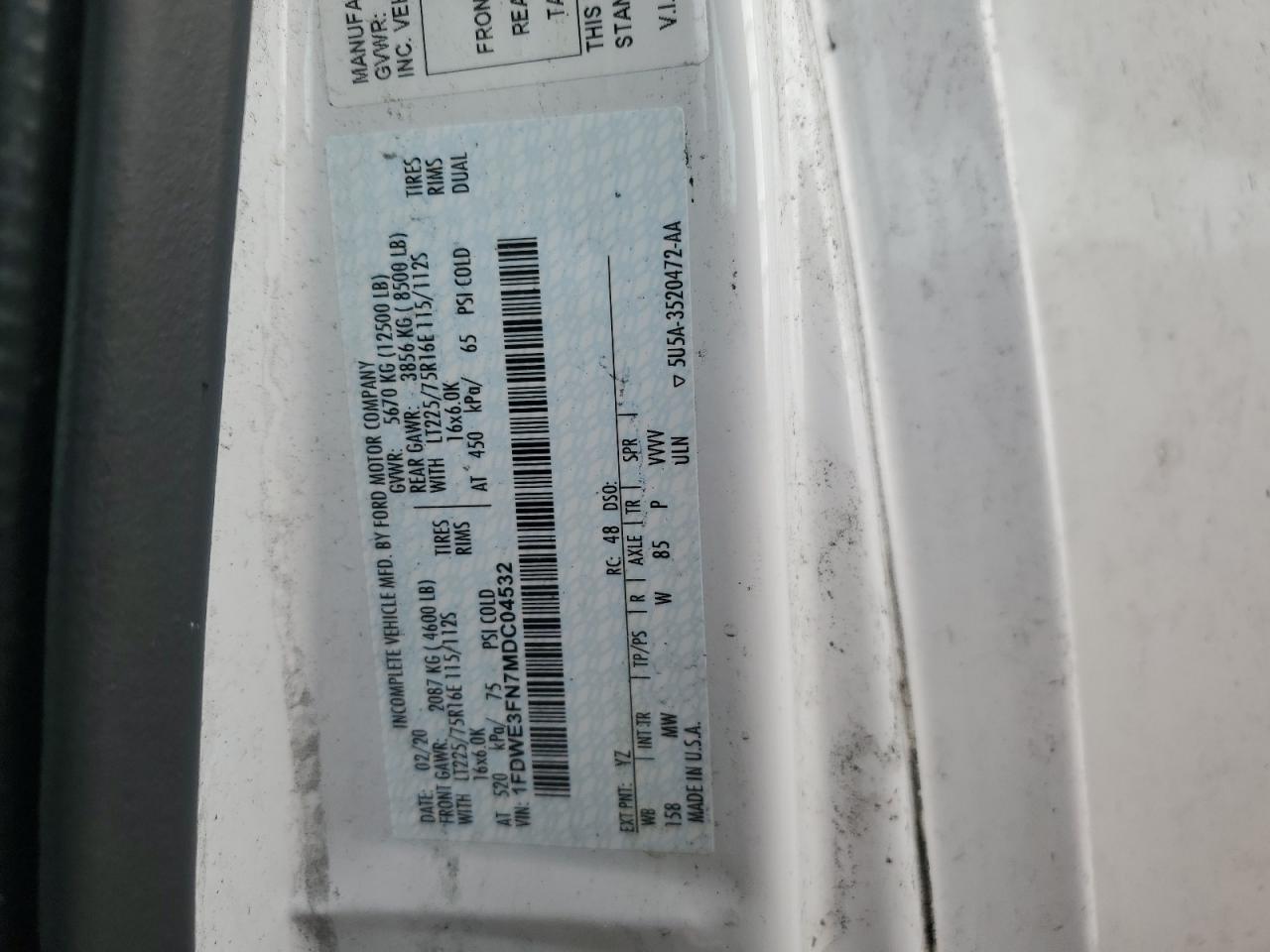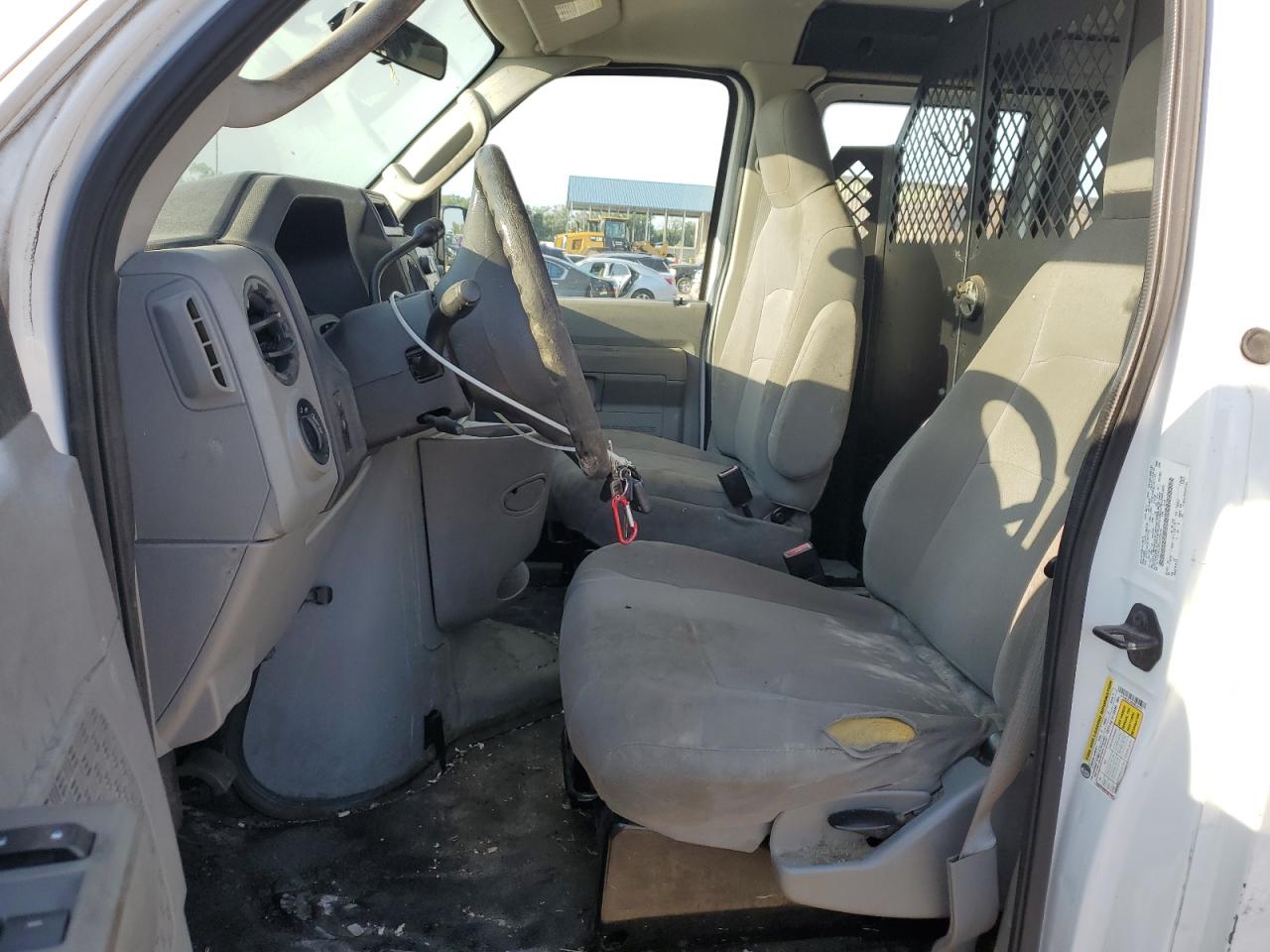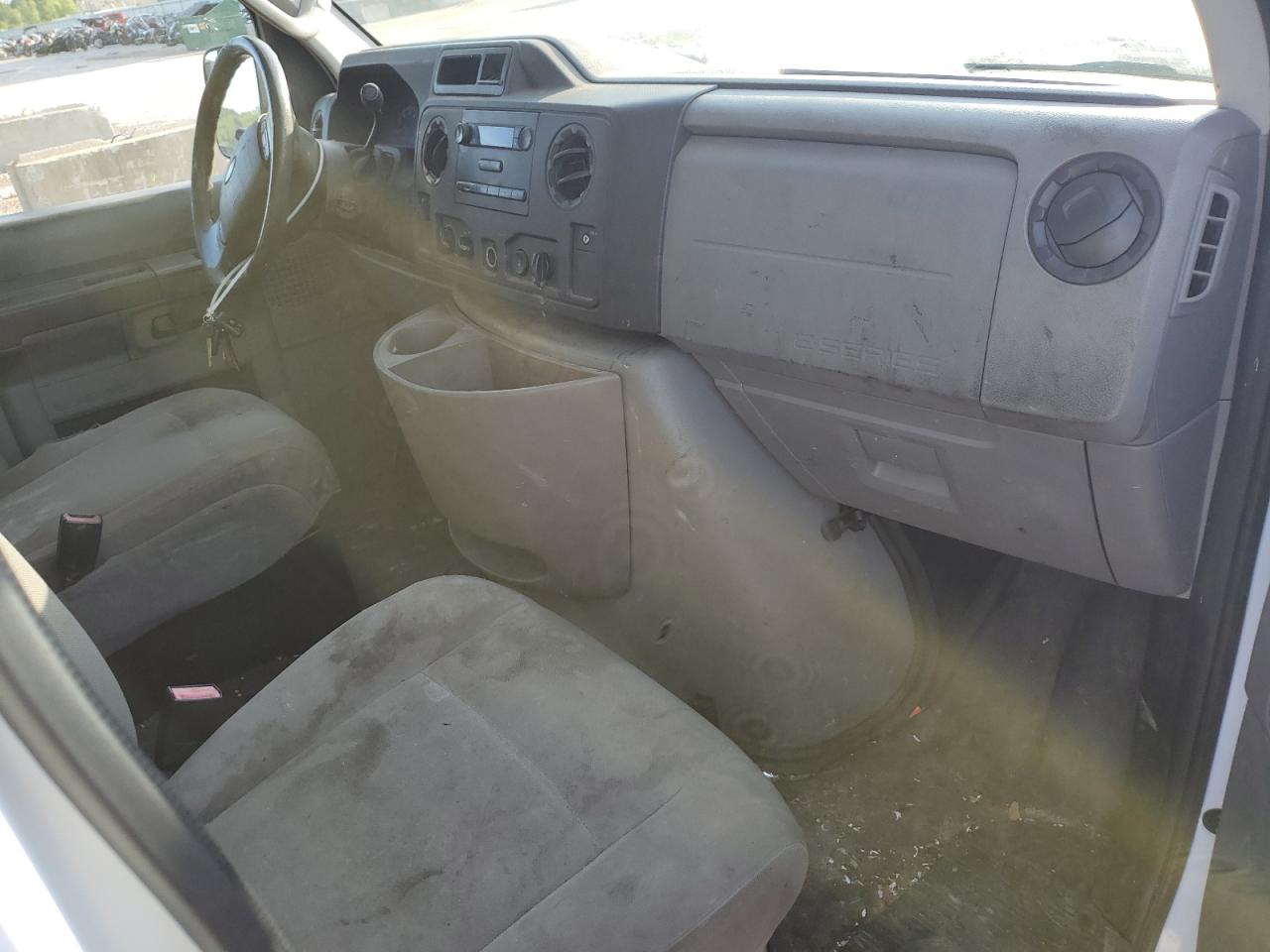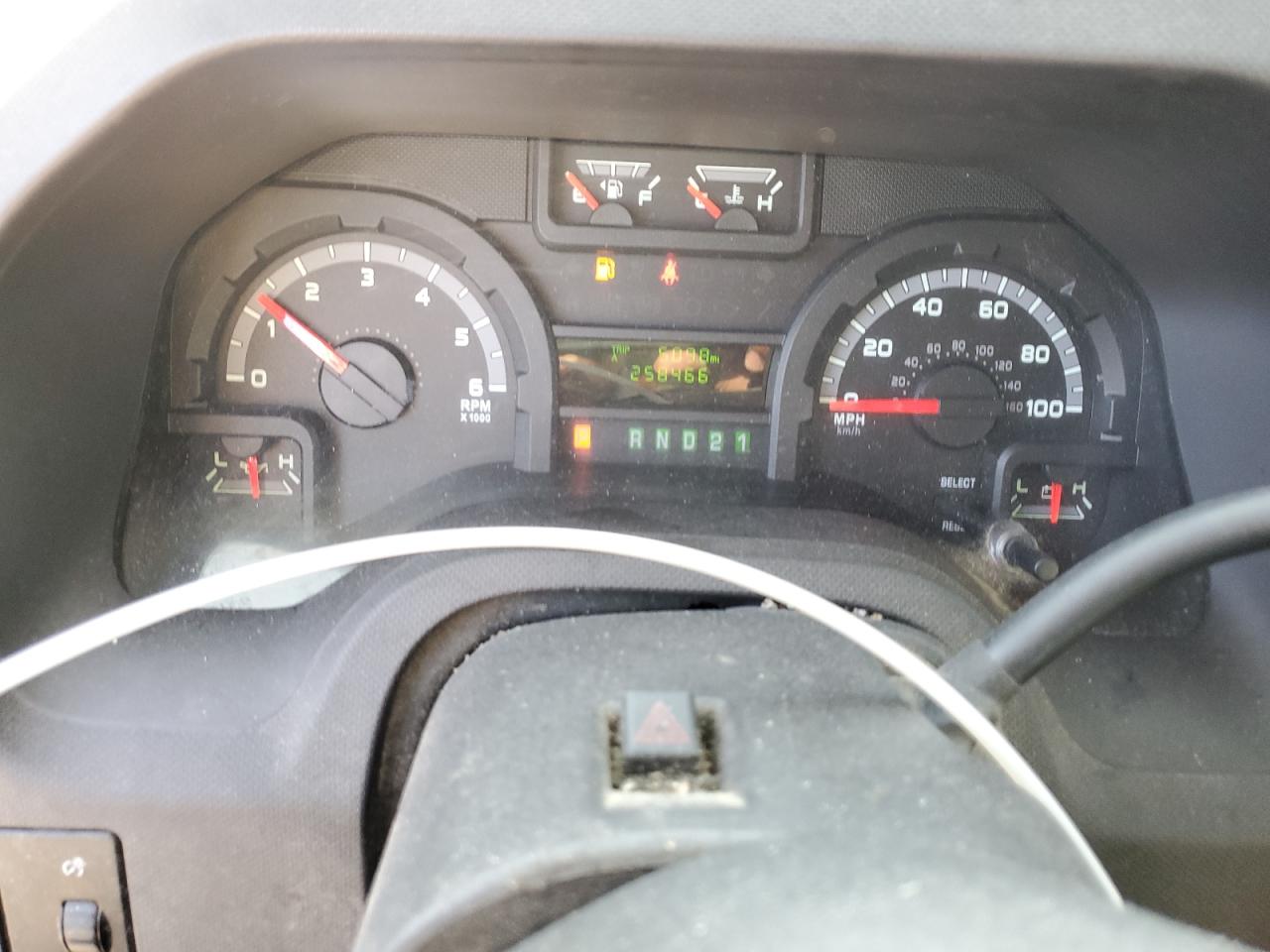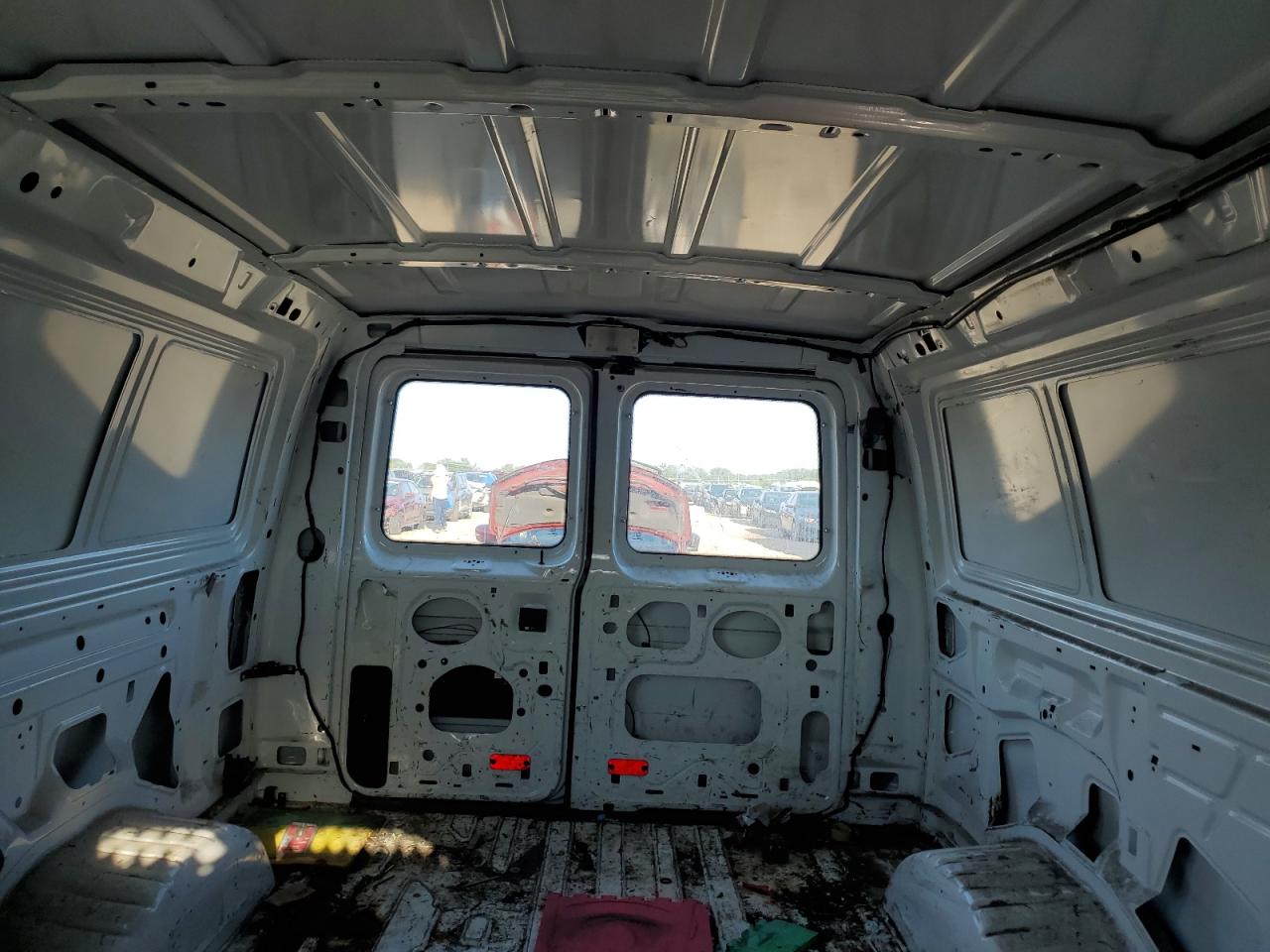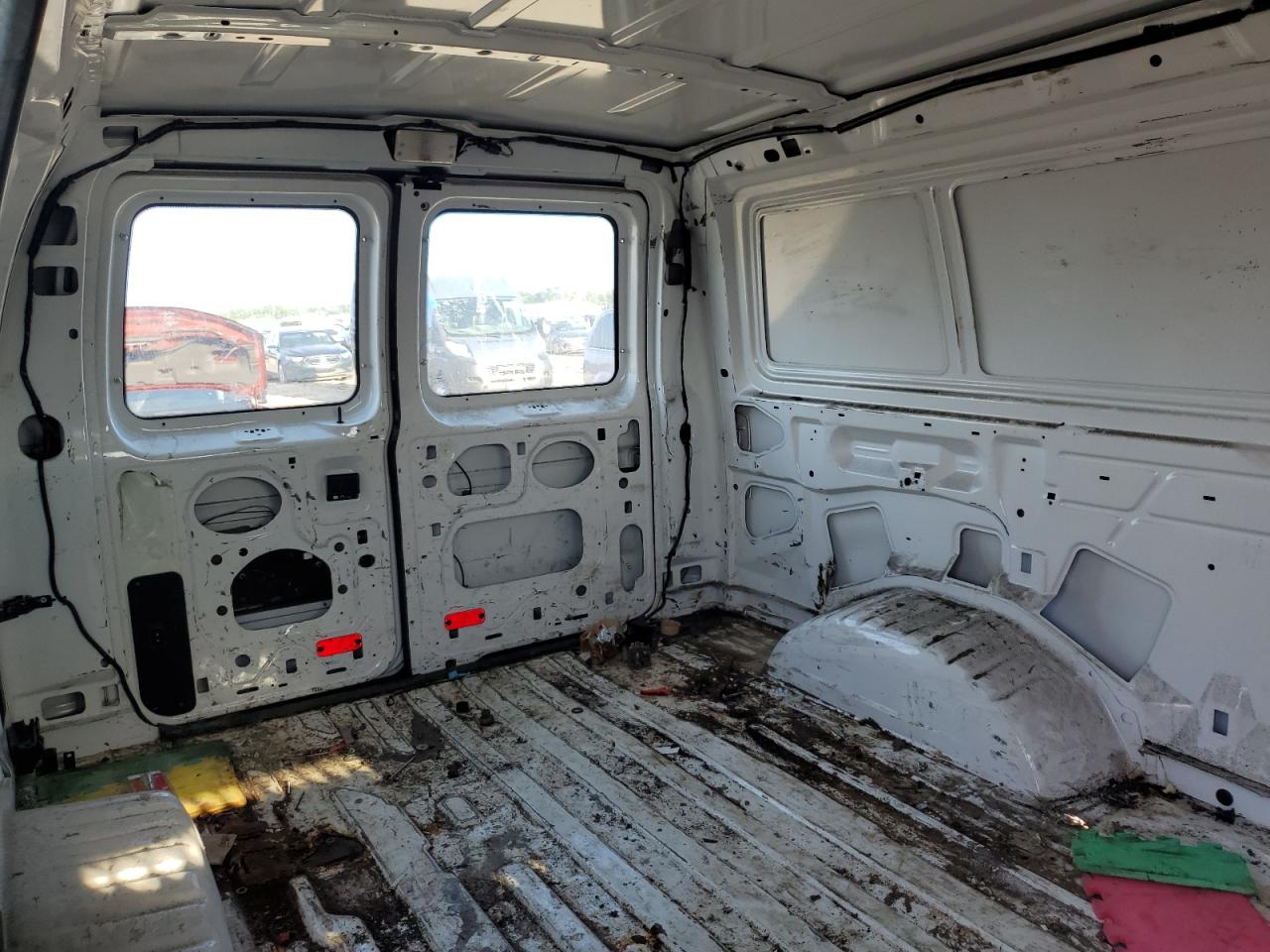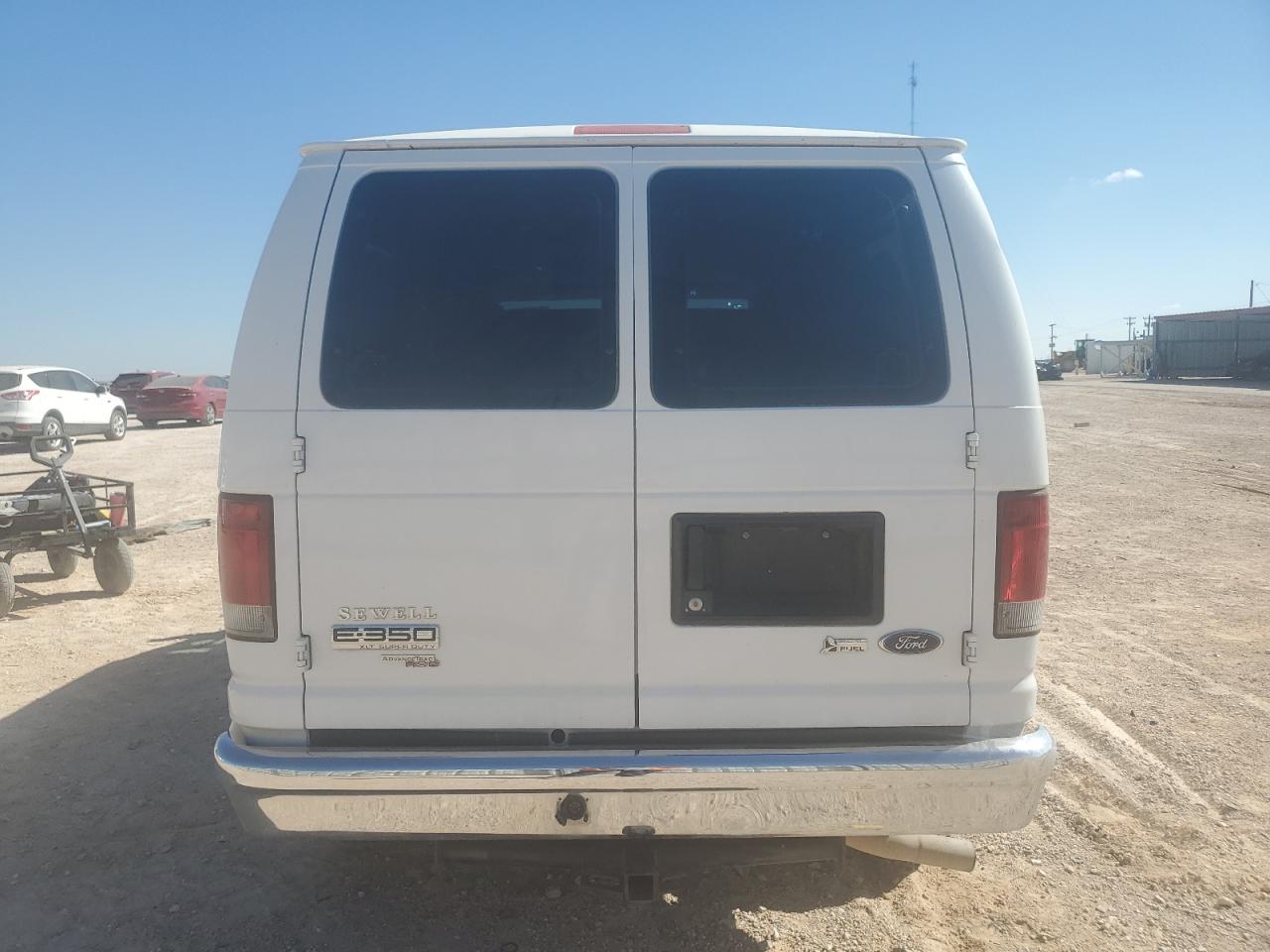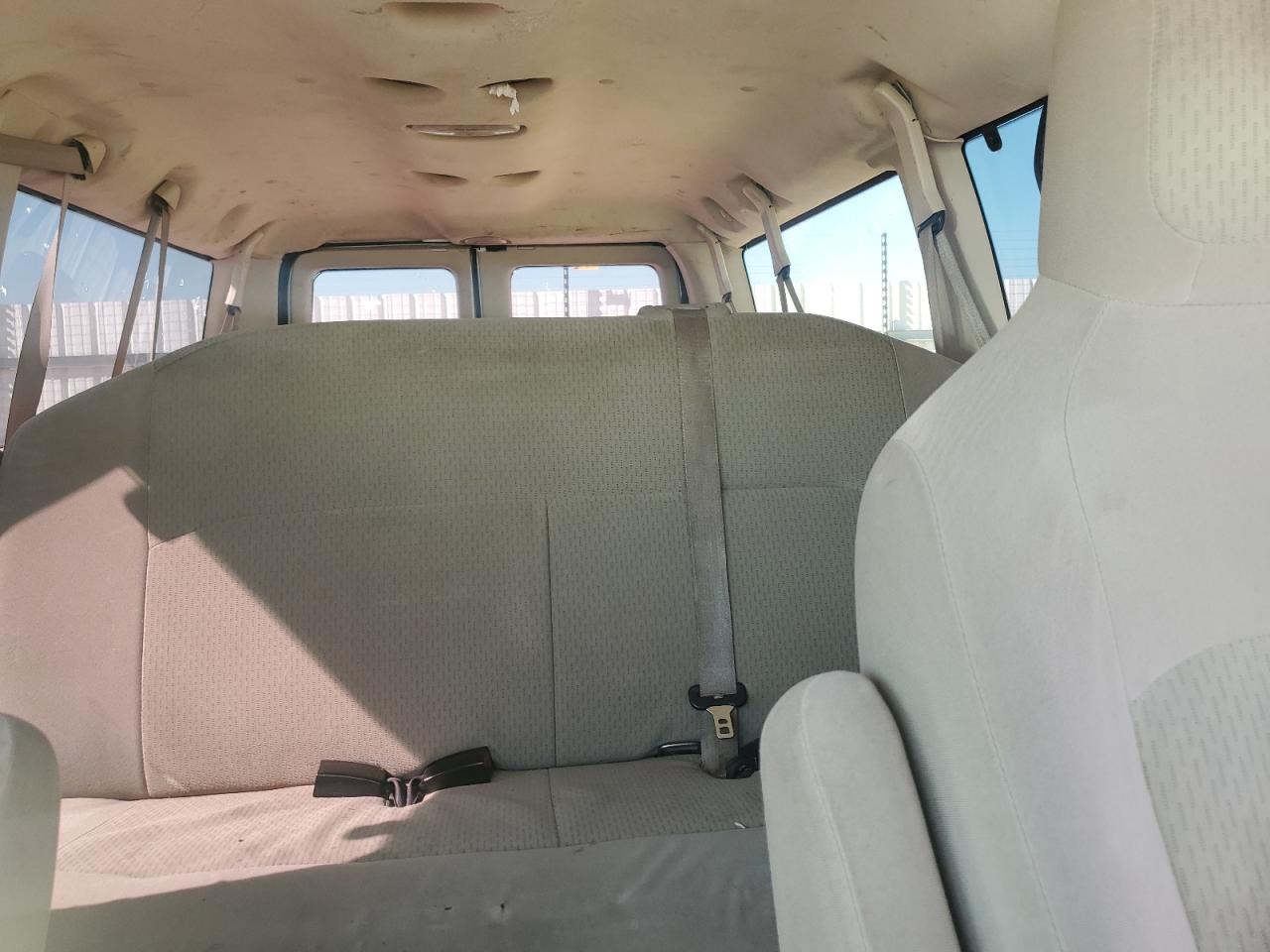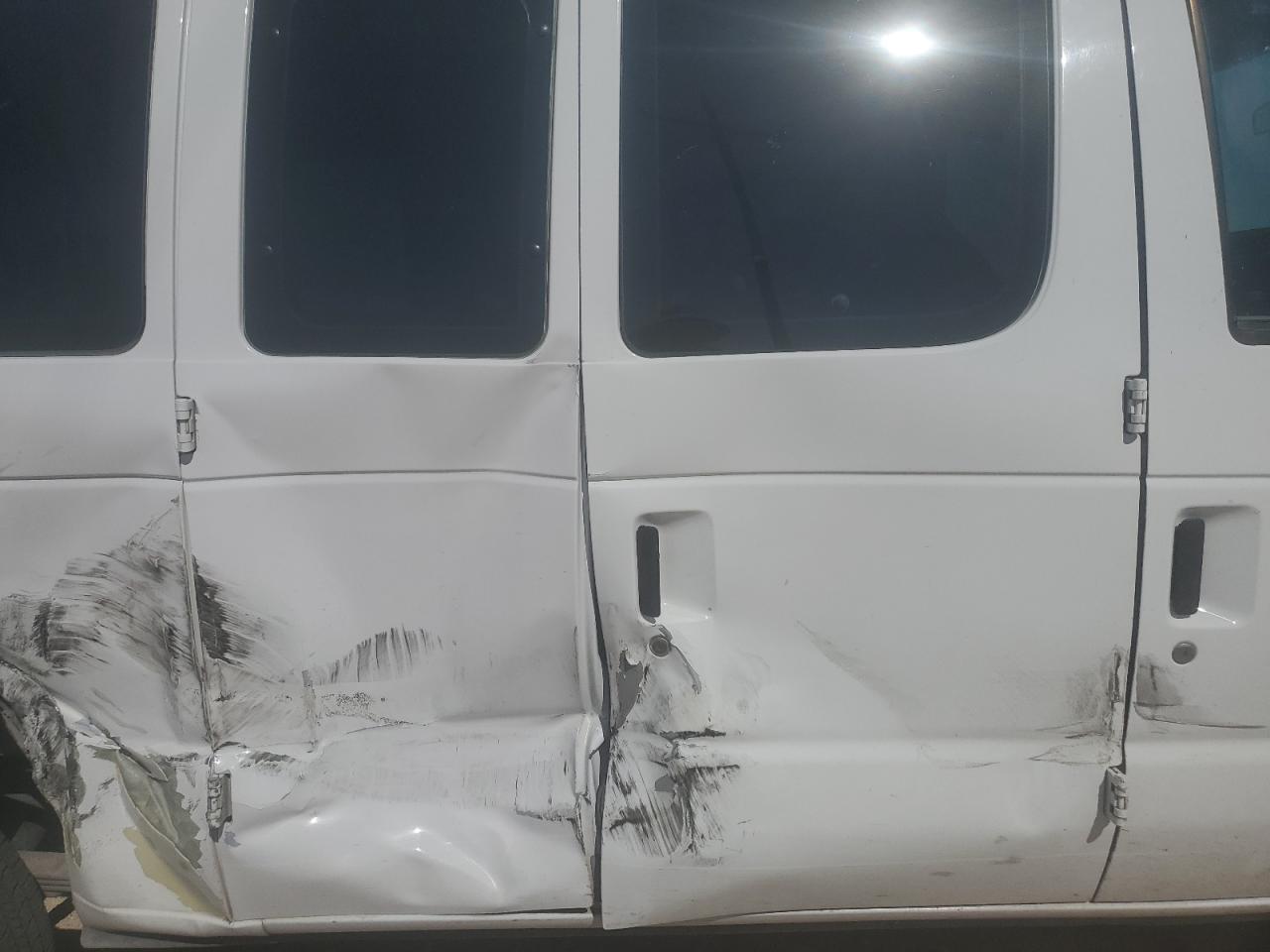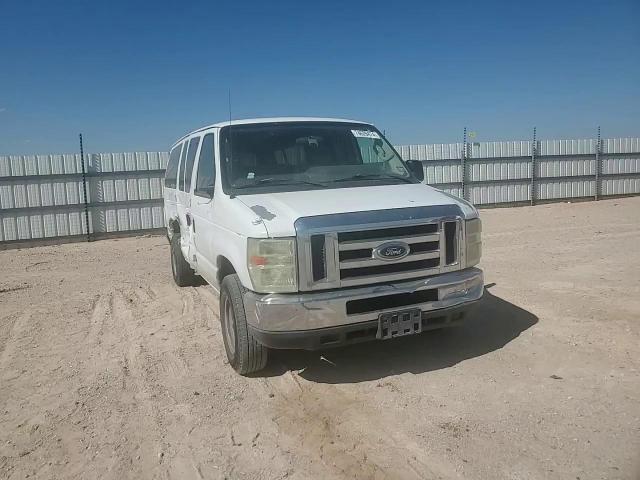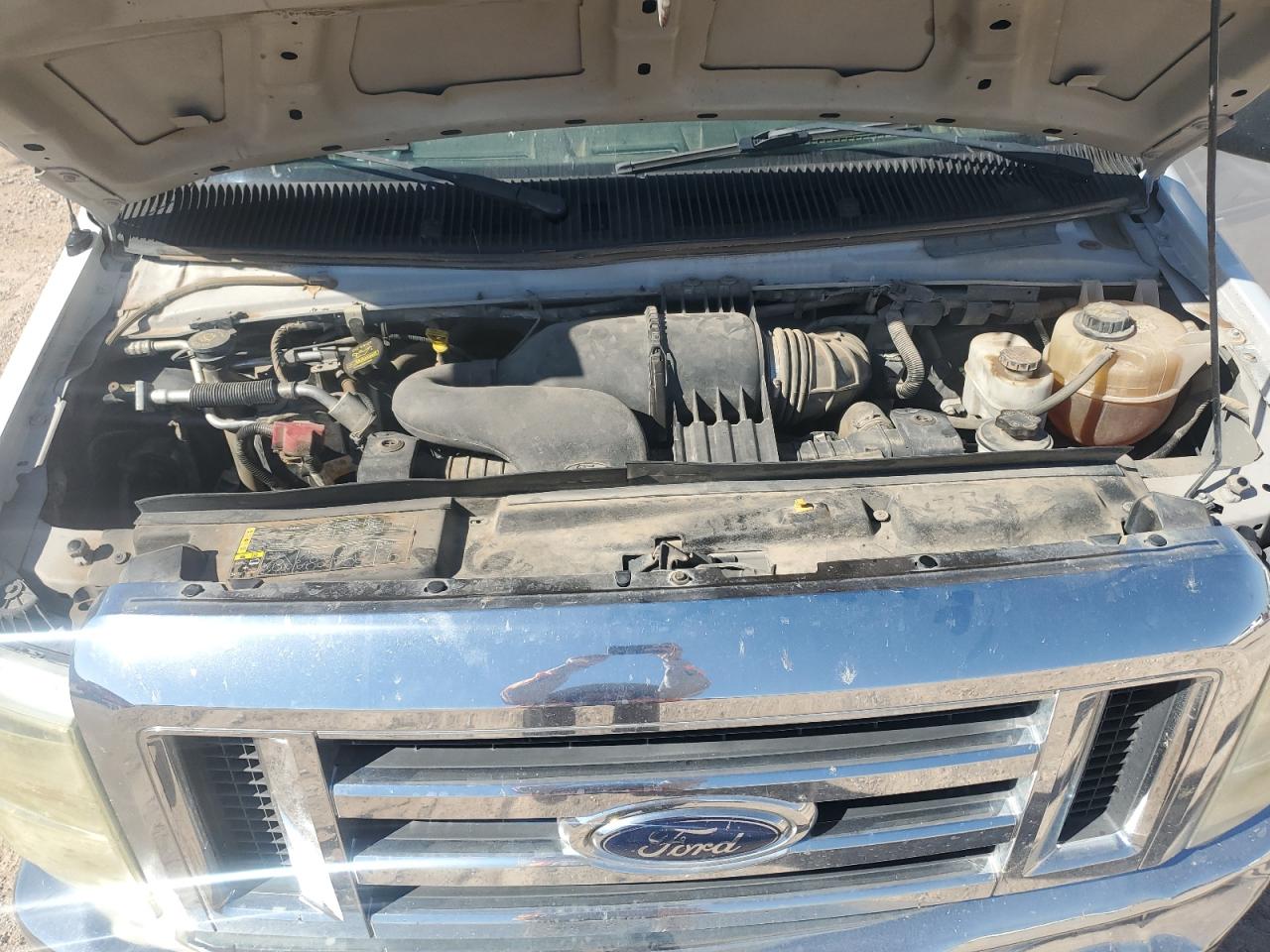Ford Econoline (1 479)
2021 Ford Econoline E350 Super Duty Cutaway Van
2012 Ford Econoline E250 Van
2011 Ford Econoline E350 Super Duty Wagon
2014 Ford E-250 Commercial
1994 Ford Econoline E350 Cutaway Van
2007 Ford E-250 Commercial/Recreational
2010 Ford Econoline E250 Van
Brand
 Ford
Ford
Model
Econoline
Auction number
40594056
Odometer
249416 km.
Sale date
30.11.2024 16:00
Auction platform
iaai.com
Buy now: 5 200 $
Open
2011 Ford E-250 Commercial
2008 Ford E-250 Commercial/Recreational
2017 Ford Econoline E450 Super Duty Cutwy Van
Brand
 Ford
Ford
Model
Econoline
Auction number
40591405
Odometer
229507 km.
Sale date
30.11.2024 16:00
Auction platform
iaai.com
Buy now: 3 300 $
Open
2021 Ford Econoline E450 Super Duty Cutaway Van
Brand
 Ford
Ford
Model
Econoline
Auction number
40592324
Odometer
99673 km.
Sale date
30.11.2024 16:00
Auction platform
iaai.com
Buy now: 3 500 $
Open
2021 Ford Econoline E450 Super Duty Cutaway Van
Brand
 Ford
Ford
Model
Econoline
Auction number
40592288
Odometer
163842 km.
Sale date
30.11.2024 16:00
Auction platform
iaai.com
Buy now: 5 000 $
Open
2008 Ford E-250 Commercial/Recreational
2011 Ford E-250 Commercial
Brand
 Ford
Ford
Model
Econoline
Auction number
40591553
Odometer
259735 km.
Sale date
30.11.2024 16:00
Auction platform
iaai.com
Buy now: 3 000 $
Open
2010 Ford E-250 Commercial/Recreational
Brand
 Ford
Ford
Model
Econoline
Auction number
40591738
Odometer
177103 km.
Sale date
30.11.2024 16:00
Auction platform
iaai.com
Buy now: 6 000 $
Open
2016 Ford Econoline E350 Super Duty Ctway Van
Brand
 Ford
Ford
Model
Econoline
Auction number
40590771
Odometer
548699 km.
Sale date
30.11.2024 16:00
Auction platform
iaai.com
Buy now: 6 000 $
Open
2008 Ford E-250 Commercial/Recreational
2008 Ford E-250 Commercial/Recreational
Brand
 Ford
Ford
Model
Econoline
Auction number
40591687
Odometer
285250 km.
Sale date
30.11.2024 16:00
Auction platform
iaai.com
Buy now: 2 000 $
Open
The Ford Econoline, also known as the Ford E-Series, is one of the most recognizable and durable vehicles in the commercial van segment. First introduced in 1961, the car has become a symbol of reliability and practicality, becoming a market leader thanks to the many modifications and improvements Ford has introduced over the decades.
The Ford Econoline has a rich and innovative history. Originally designed as a compact van with rear-wheel drive, it quickly became popular with small businesses and motorists who needed reliable transportation for cargo and passengers. Over the years, the model has undergone numerous changes to meet growing market demands and technological advances.
One of the distinctive features of the Ford Econoline is its variety of modifications. Ford offered various body styles, from a standard van to passenger versions and specialized models for commercial use. This allowed each customer to find a suitable configuration depending on their specific needs and preferences.
The Ford Econoline color palette was also impressive in its diversity. Over the decades, the manufacturer offered a wide range of colors, ranging from classic white and black shades to bright and unusual options, which allowed each customer to give the car a unique appearance.
The Ford Econoline's production history spans more than half a century, from its debut in 1961 to the latest models rolling off the assembly line in 2014. During this time, millions of cars were sold around the world, which confirms its popularity and demand among various categories of buyers.
Some Ford Econoline models have become particularly successful due to their innovative features and reliability. However, like any other long-lived series, there were also less successful examples that encountered technical problems or did not meet customer expectations. In this article we will look at both the most successful and most problematic models to give a complete picture of the significance and evolution of this legendary car series.
Ford Econoline: Model History
Over the decades, the Ford Econoline has undergone many changes and modifications while maintaining its core purpose of being a reliable and functional vehicle for business and personal use. In different countries, this vehicle was used as a commercial van, minibus and even as a motor home.
The main stages of development of Ford Econoline
- 1961-1967: The first generation of the Ford Econoline, characterized by its compact dimensions and front engine. These vehicles quickly gained popularity among small businesses and families.
- 1968-1974: The second generation received a larger body and increased load capacity, which made it even more versatile and in demand.
- 1975-1991: The third generation, known for its powerful engines and increased interior comfort, became ideal for long-distance travel and use as a bus.
- 1992-2014: Fourth generation, modernized in all respects, including improved safety systems and more fuel-efficient engines. This version has become especially popular among large companies and government agencies.
- 2015-present: Introduction of the Ford Transit, which replaced the Econoline in the light commercial vehicle market but kept the E-Series in production for specific applications and modifications.
Over the years of production, millions of Ford Econoline cars have been sold. The third and fourth generation models achieved the greatest success, due to their versatility and reliability. However, the model also had problematic periods, especially in the early years of production, when some components required frequent maintenance and replacement.
Today, the Ford Econoline continues to be a symbol of reliability and versatility, despite significant changes in the automotive industry and the emergence of new competitors. This vehicle left an indelible mark on commercial vehicle history and continues to serve countless businesses around the world.
Modifications: From the first versions to modern models
The Ford Econoline, also known as the Ford E-Series, first hit the market in 1961 and has undergone many changes since then. The model was originally developed as a compact van intended for commercial needs, but over time its use has expanded significantly.
Over the years, the Ford Econoline has undergone numerous upgrades to keep up with the times and consumer needs. These changes affected both the technical characteristics and appearance of the car, making it more and more functional and attractive.
Main modifications
- First generation (1961-1967) :
- Engines: 2.4L and 2.8L inline six-cylinder
- Body types: van, passenger minivan
- Features: Front engine, rear wheel drive
- Second generation (1968-1974) :
- Engines: 3.9L V6, 4.9L V8
- Body types: van, minibus, pickup
- Features: Improved suspension system and increased interior space
- Third generation (1975-1991) :
- Engines: 4.9L to 7.5L V8
- Body types: van, minibus, chassis with cab
- Features: strengthened structure, increased safety
- Fourth generation (1992-2014) :
- Engines: 4.6L and 5.4L V8, 6.8L V10
- Body types: van, minibus, chassis with cab
- Features: upgraded engines and transmissions, improved aerodynamics
- Modern models (since 2015) :
- Engines: 3.5L EcoBoost V6, 6.2L V8
- Body types: van, minibus, chassis with cab
- Features: Integration of modern technologies, improved fuel efficiency
Each generation of Ford Econoline had its own features and advantages that allowed the car to remain in demand on the market. Today, the model continues to evolve, offering modern solutions for commercial and private needs.
Color Palette: Popular Colors and Exclusive Options
One of the most recognizable commercial vehicles in the world, the Ford Econoline has offered its customers a wide range of color options over the years. The variety of colors allowed each owner to find an option ideal for their needs, be it for corporate purposes or personal use.
For decades, the Ford Econoline color palette has included both classic shades and unique, exclusive options that highlight the vehicle's individuality. Let's look at the most popular and rare colors offered in different years of production.
Popular colors
- White: This color has been and remains one of the most popular colors for commercial vehicles, including the Ford Econoline. White color is not only practical, but also allows you to easily apply a company logo or advertising information.
- Black: Black has always been a symbol of elegance and sophistication. Many owners chose it to give the car a more solid and professional look.
- Silver: Silver has been popular for its versatility and ability to hide minor stains and scratches.
- Blue: Various shades of blue, from light blue to dark blue, were popular among those who wanted to give their car a more striking and distinctive look.
Exclusive options
In addition to the popular colors, Ford also offered a number of exclusive options that were less common but added personality to the car.
- Golden Sand Metallic: This color emphasized the car's premium status and was only available in limited model years.
- Burgundy: A rich and deep shade of red, chosen by those who wanted to stand out from the crowd and give their car a luxurious look.
- Forest Green: This unique green color has been popular among nature and outdoor enthusiasts, giving the car a natural and fresh look.
Thanks to such a diverse color palette, Ford Econoline remained relevant and in demand among different categories of buyers, satisfying their individual preferences and needs.
Years of production and sales statistics: How many sold
Over all the years of production, the Ford Econoline has earned a reputation as a reliable and versatile vehicle used for a variety of purposes - from cargo transportation to passenger transportation. During this time, many units were sold, which indicates the popularity of the model among consumers.
Sales statistics by year
- 1961-1970: The first generation Econoline sold over 1 million units. These years were the beginning of a successful model journey.
- 1971-1980: The second generation showed even greater success, with total sales exceeding 1.5 million units.
- 1981-1990: During this period, sales reached approximately 1.8 million units, indicating the growing popularity of the model.
- 1991-2000: The fourth generation brought record sales of the model, exceeding 2 million units.
- 2001-2014: During this time, approximately 1.5 million units were sold, despite competition and changing market conditions.
In just over five decades of production, over 8 million Ford Econolines have been sold, making it one of the most successful vans in history. Due to its reliability and versatility, the model continues to be popular among various categories of users, from small businesses to large corporations.
The most successful and problematic models: Review and analysis
To summarize the research and analysis of the Ford Econoline, we can highlight both successful and problematic models that have had a significant impact on the market and consumer perception.
Undoubtedly, one of the most successful models in the history of the Ford Econoline is the third generation, released between 1975 and 1991. This model has become an icon among commercial vehicles due to its reliability, ease of maintenance and extensive customization capabilities to suit various business needs.
However, among the problematic models it is worth noting the second generation, released in 1968. Despite its popularity and success in the market, this model faced problems related to body corrosion and the need for frequent maintenance.
- The most successful models:
- Third generation (1975-1991)
- Fourth generation (1992-2014)
- Fifth generation (2015–present)
- Problem models:
- Second generation (1968)
- Sixth generation (2020-2023)
Overall, despite some problematic moments in the model's history, the Ford Econoline remains one of the most important and sought-after commercial vehicles on the market, continuing to attract the attention of entrepreneurs and businessmen with its reliability and versatility.





